Split-seconds  chronograph: for precision
The split-seconds function was originally made by watchmakers in order to measure split time during timekeeping or to display two time information having the same starting time but not the same ending time. Such micromechanical wonder deserved a little snapshot…
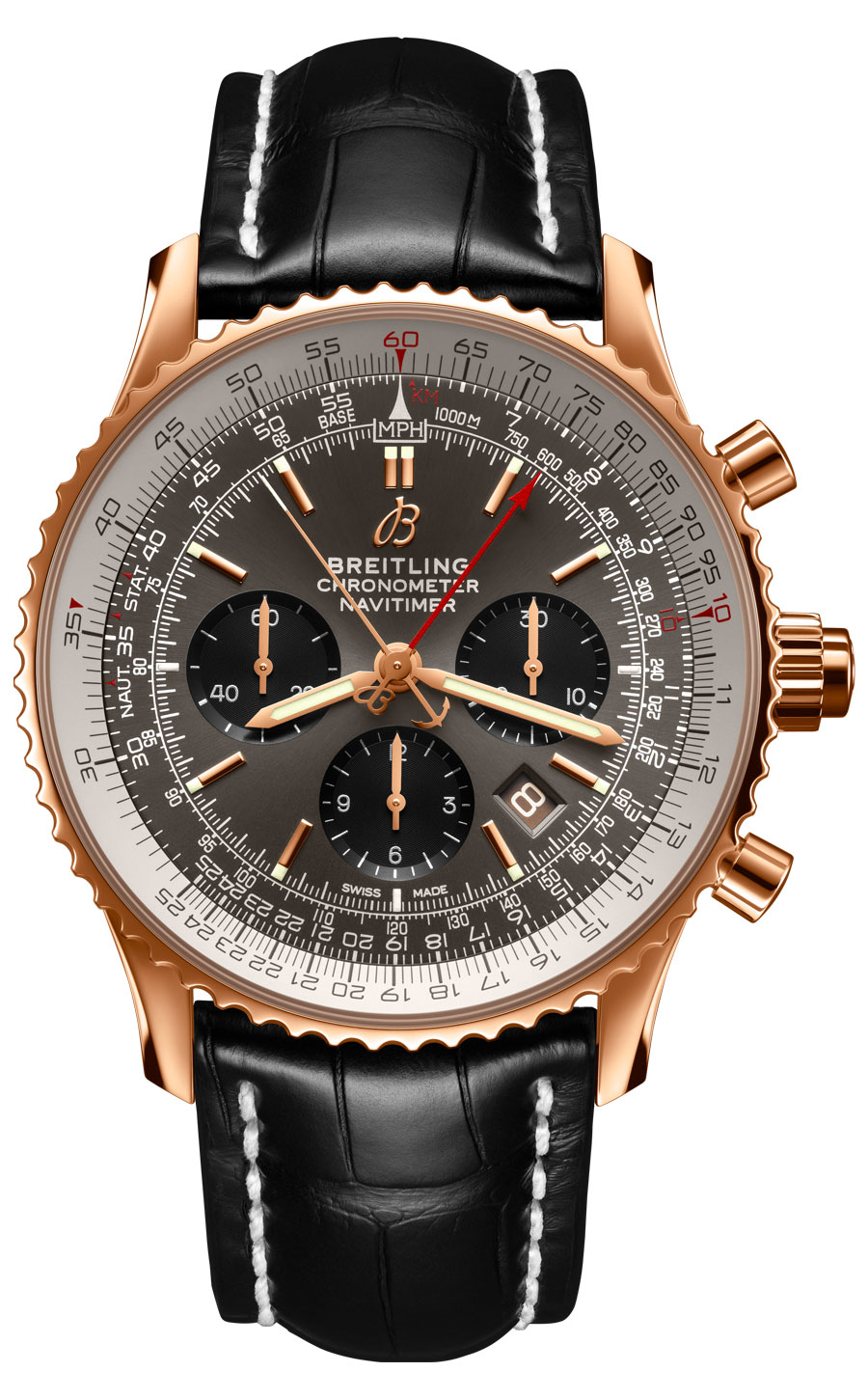
The instruments able to measure time fractions were originally invented at the beginning of the 18th century to meet the scientists’ expectations to calculate time duration. Different creators are fighting for the recognition of one inventor or another for the chronograph.
At the origins of the timekeeping
Some say that it would have been invented by the English watchmaker and astronomer George Graham in the middle of the Age of the Enlightenment, other mention the Genevan watchmaker Jean-Moïse Pouzait who, in 1776 would have made a mechanichal toolable to measure time fractions. Some followers talk about Louis Moinet and his compteur de tierces as the missing link. Finally, all agree to recognise that the French watchmaker Nicolas-Matthieu Rieussec has created in 1822 the first tool to measure time etymologically able to write time. These machines sometimes far from the watches should serve the scientists in order to measure stars run or different events, but could be also used by horse ranchers or even race-goers well decided to assess the performance of the animals destinated to compete in prize-winning horse racing.
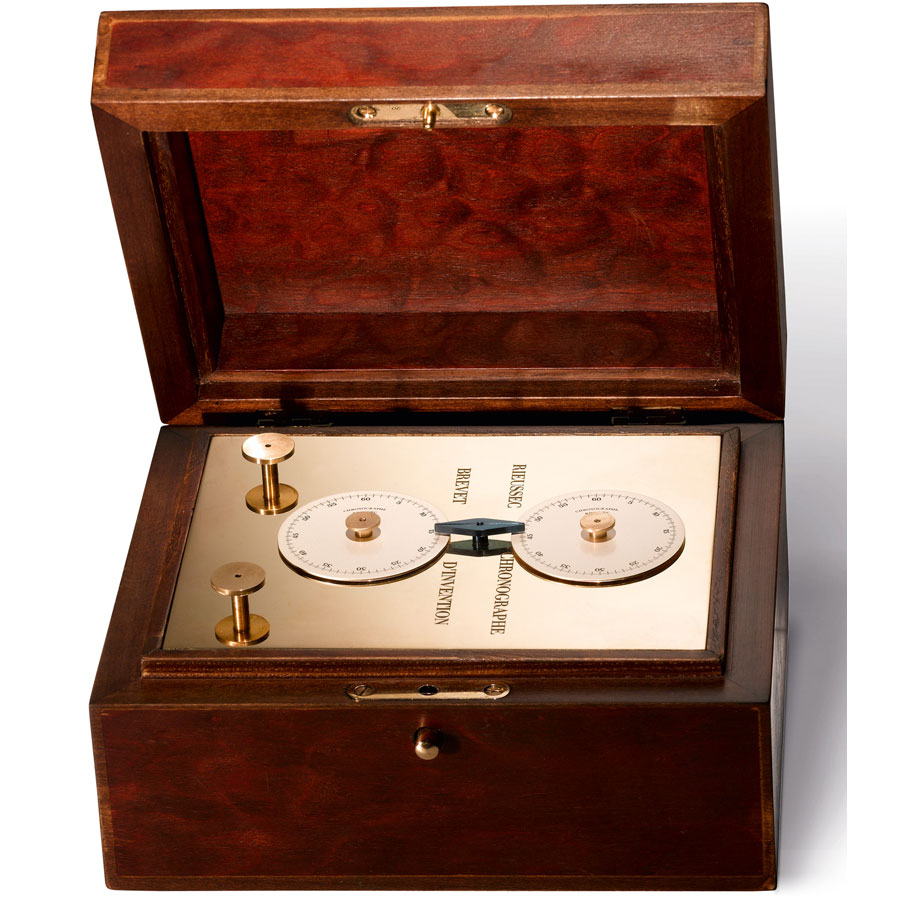
The beginnings of the rattrapante
However, as soon as the first instrument to which we owe the name of chronograph, was built, we wondered if we could measure split time from a main measurement. Certainly, the invention of the split-seconds function was in the spirit of its time. In 1828, Louis-Frédéric Perrelet registered a patent for a split-seconds chronograph and in 1831 so did the watchmaker Joseph Thaddäus Winnerl. This very year, he created a pocket watch equiped with a second independent from the movement that could be stoped at will. Then seven years later, he invented a deviceusing two second hands, the first to indicate the start of a measurement and the other one to indicate the end. The principle of split-seconds were born.
The split-secondsare looking for inventor
After 1862, date of the rapid spread of the chronographs following the patents registration of the zero-reset mechanisms of the reliable and easy to manufacture hands, could be thought the development of systems making it possible to make measurements of split time but also able from a same instrument, to measure time of two events having the same starting time but not the same ending time. We will remember that the first pieces of split-seconds chronographs exist since the 19th. By lack of thorough research, it is impossible to attribute, to this day, his invention under its modern version in particular to a watchmaker. Despite that, we will remember that this extra function to the one of chronograph found an immediate use in the sports world and industry.
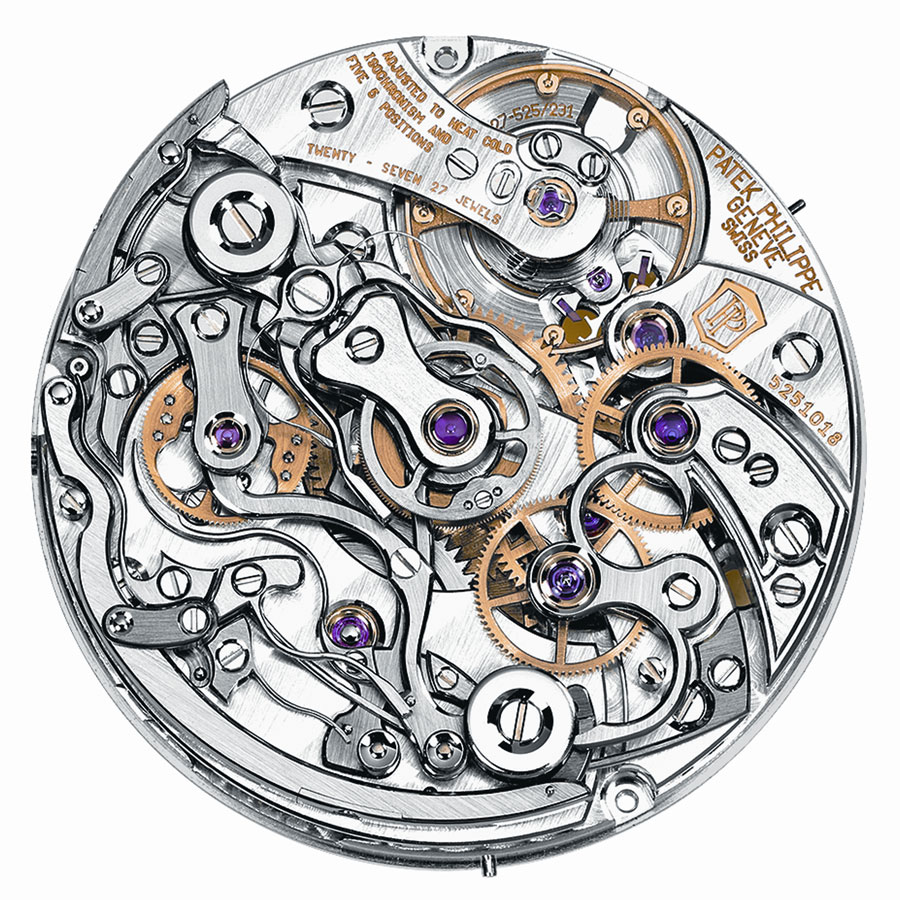
How split-seconds work
From 1890 to 1900 several specialised brands offered sports counters including this function. Fascinating of technique and very useful, the split-seconds is a mechanism integrated in achronograph calibre. It contains clamp springs led by a column wheel activated by a specific button.
First, to make it work, you must start a timekeeping in order to let out the two hands placed on top of the other. To be able to read a split time, it is necessary to need to press the split-seconds button. The pressure made on the split-seconds button activates the column wheel that let out the split-seconds clamp springs. Immediately, its jaws grip the finely-toothed wheelwith which the split-seconds hand is linked by its axis. This action causes it to stop while the chronograph second hand continues to move.
A new pressure on the split seconds push-button and the hand let out from the clamp springs’pressure, comes back in a split second above the chronograph second hand whether it is moving or stopped if the user has stopped the main measurement by pressing the chronograph stop push-button.
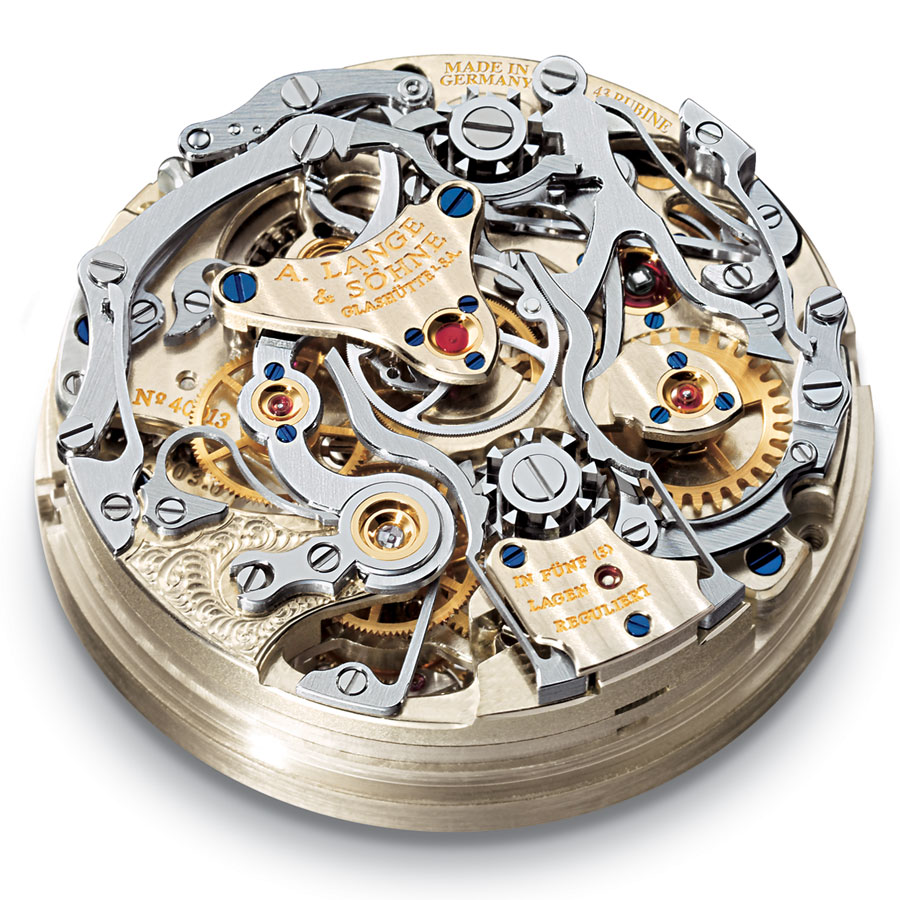
This succession of sequences simple in appearance, needs perfect machining and a very meticulous assembly. Indeed, it is necessary to have in mind that the split-seconds second hand’s axis passes witout any friction in the chronograph second hand’s axis whose diameter is only a few tenths of a millimetre. On this delicate axis is riveted the split-seconds wheel on which is assembled a spring that presses a lever freely screwed on the rim of the wheel. The spring has at its other end a ruby roller rolling on the outer of the split-seconds heart strongly riveted on the axis of the chronograph second hand that is itself fixed to a wheel on which is screwed a zero-reset heart.
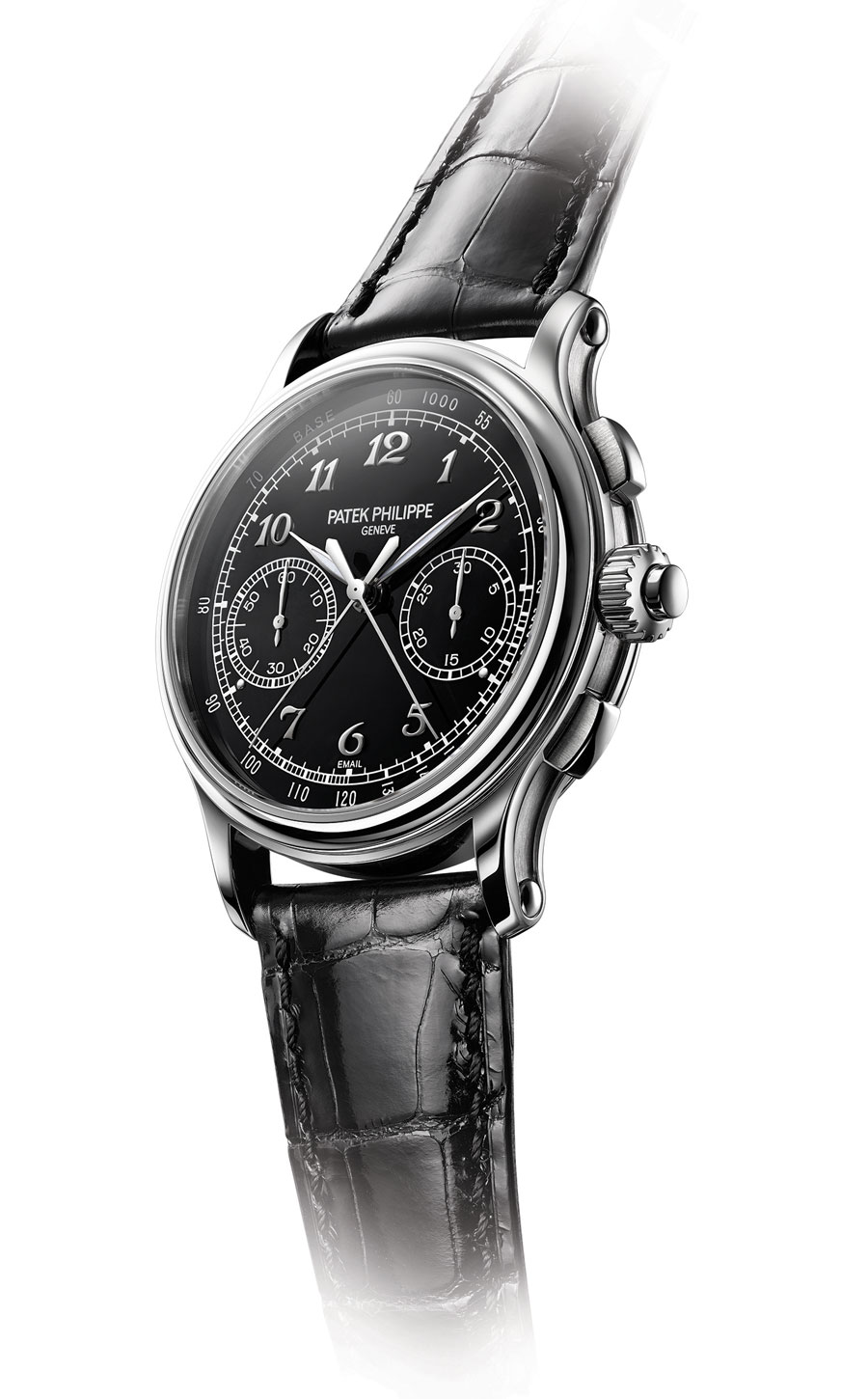
The split-seconds are a subtle and rare function in the collection
As we can see, the rarity of this function is explained by the manufacturing complexity of such mechanical system. It is necessary to imagine the difficulty to come through the chrono second hand axis whose diametre is a few tenths of millimetres. Then, it is necessary to manage to assemble on the split-seconds free wheel, the elements allowing the return of the split-seconds hand in the axis of the one of the chronograph. But also, finding the right spring torque so that it does not affect the measurement of time because of a too significant friction made on the heart that allows the system to return to zero. Finally, it is necessary to manage to make the two jaws of the clamp springs work without excess so that they do not damage the wheel, but also sufficiently so that the wheel does not keep turning.
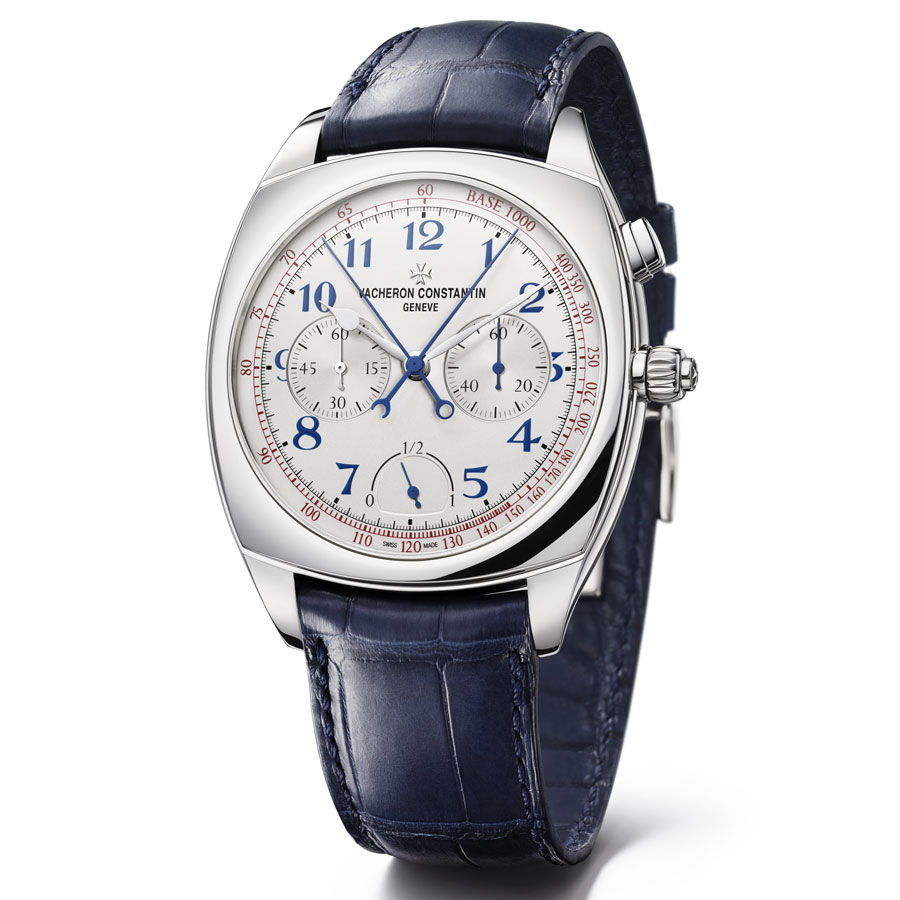
Such delicate manufacture needs the use of highly skilled mechanics, assemblers and watchmakers. Here is why, for a long time, this function was confined to sports countersequipped with large calibres. This explains why the first split-seconds chronograph bracelet was only made in 1919 by the watch manufacturing Patek Philippe.
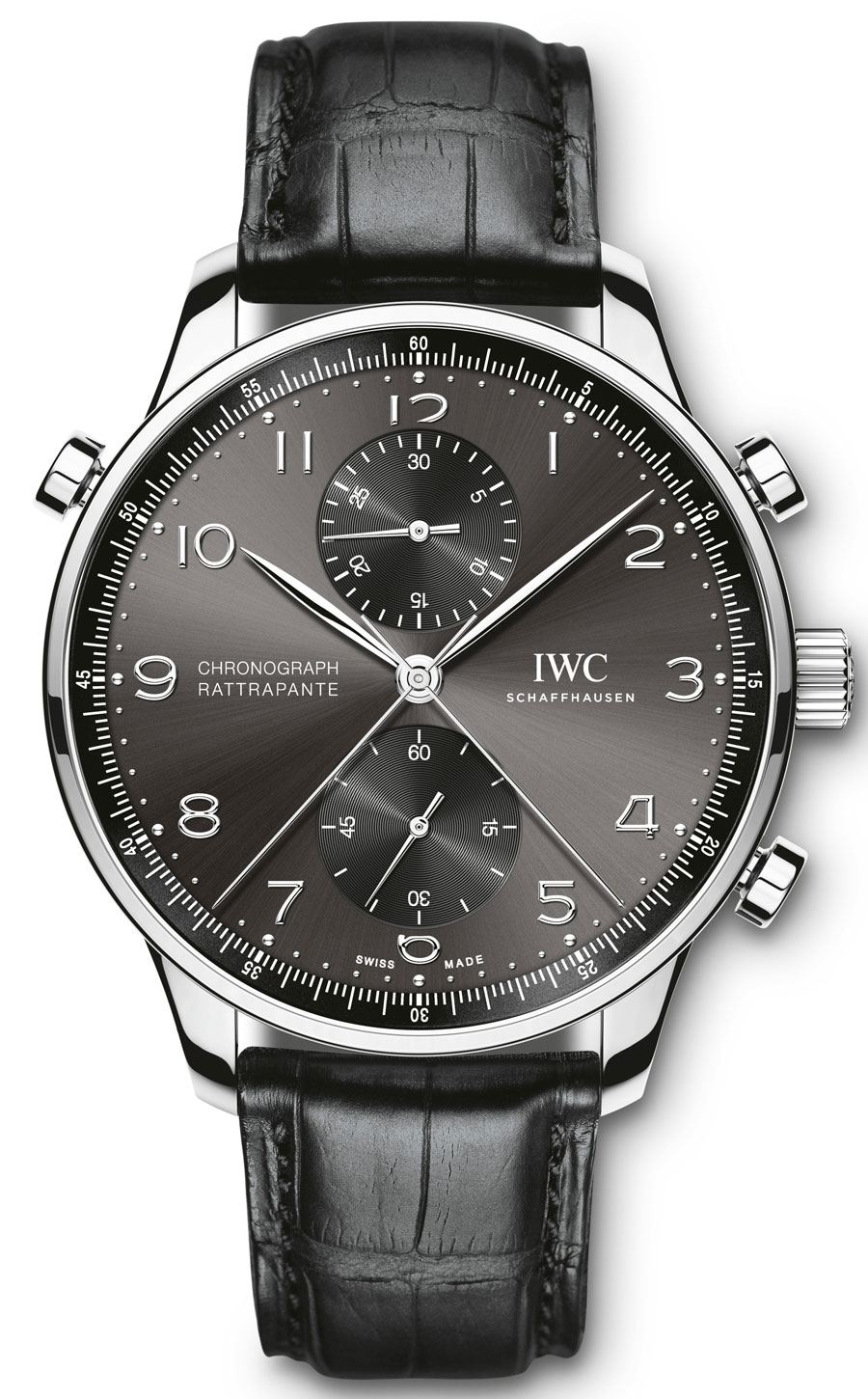
Then, a few specialised brands in the manufacture of chronograph calibres such as Venus, Lémania or Valjoux offered this speciality in their catalogue during the decade of the 1940s and 1950s. Today, still very rare, this extra function to the one of the chronograph is offered in small quantities. It is in different brands that we are not going to list here. We will only remember that it is possible to find some in Patek Philippe, F.P Journe, A. Lange & Söhne, Breitling, IWC, Vacheron Constantin, Rado, Panerai and a few more.
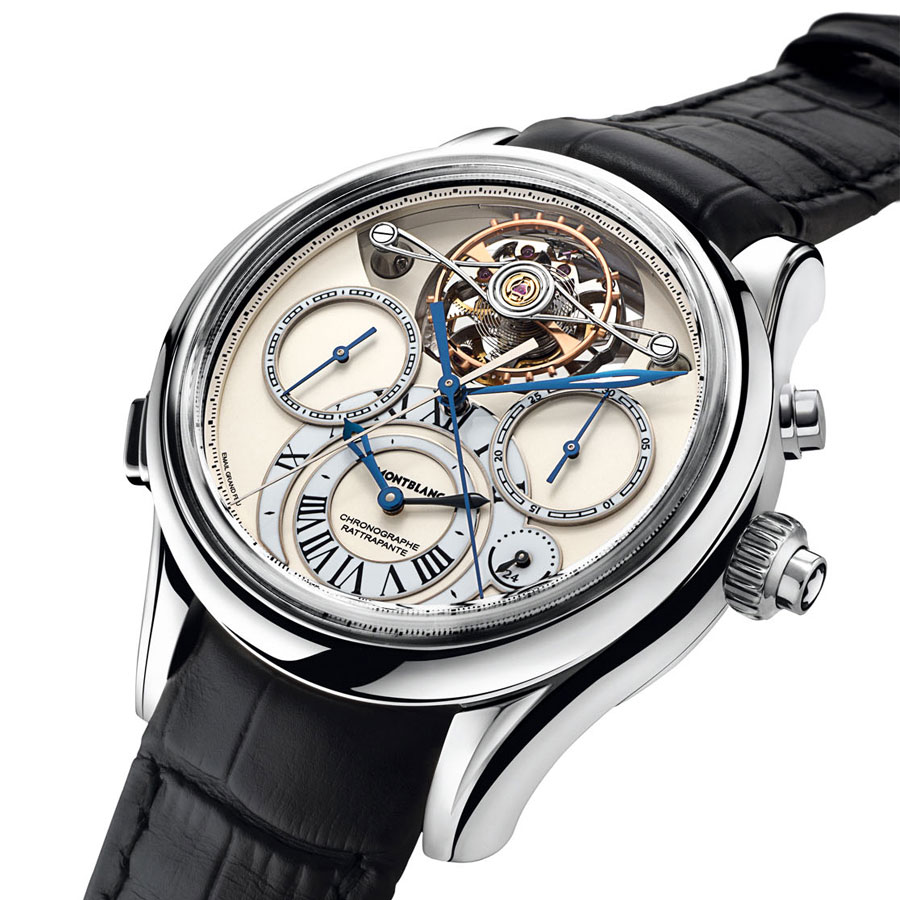
We will note for information and to conclude that, during the 50’s and 60’s, the brand Dubey & Schaldenbrand realeased a chronograp equipped with a simplified mechanism making it possible to measure split time over a short duration thanks to the installation between the two second hand chronograph of a watch balance spring. The original instrument named Split-Second “Spiral” Chronograph was very successful and is still in the catalogue of the maison today.

We will also remember that the watch manufacturing Parmigiani Fleurier made in 2022, the Tonda PF GMT rattrapante monopusher whose Greenwich Mean Time (GMT) function is linked to with a hand working as the one of a chronograph split-seconds hand and can be reset to include the one indicating the time of the starting place.
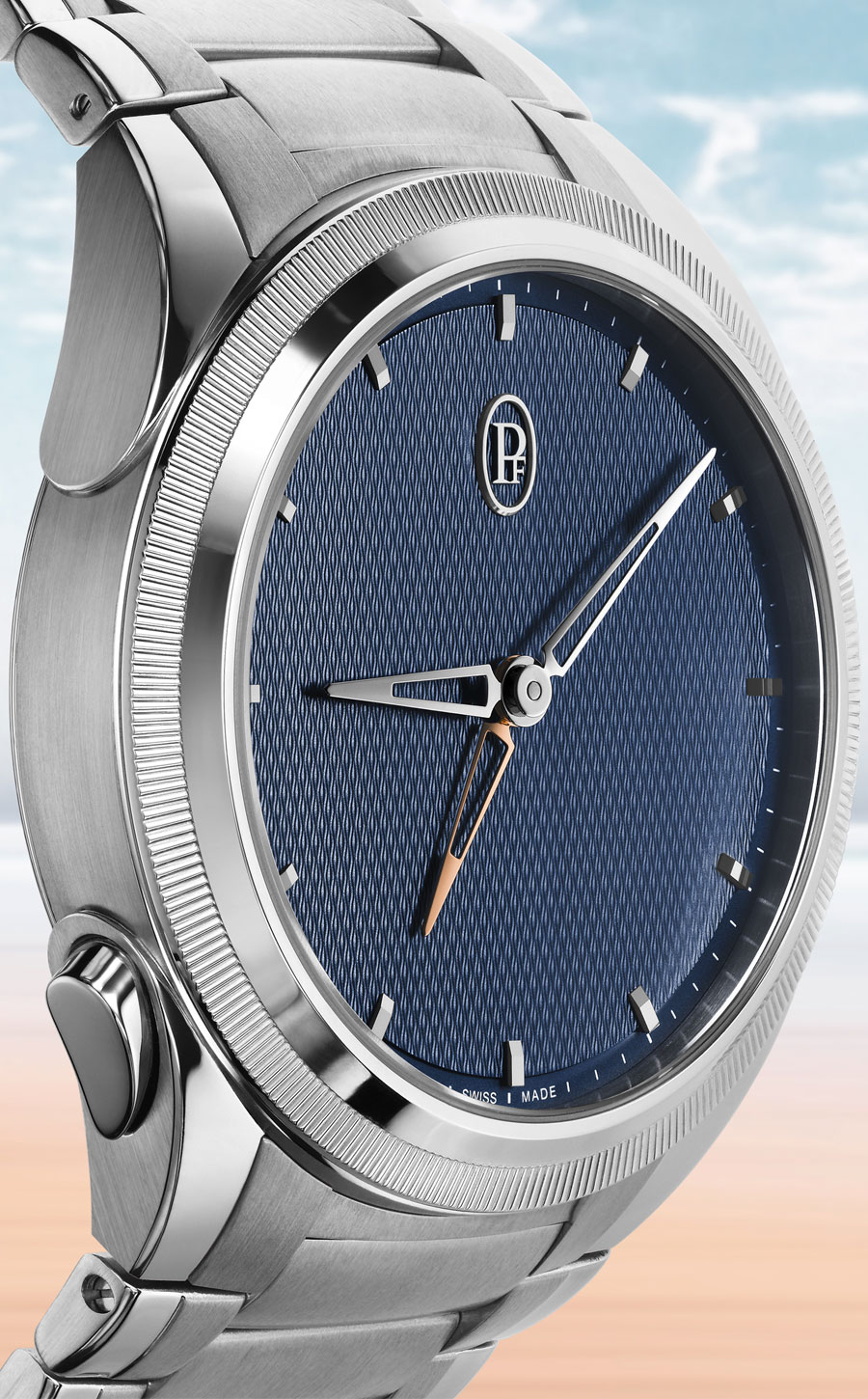
Read also: